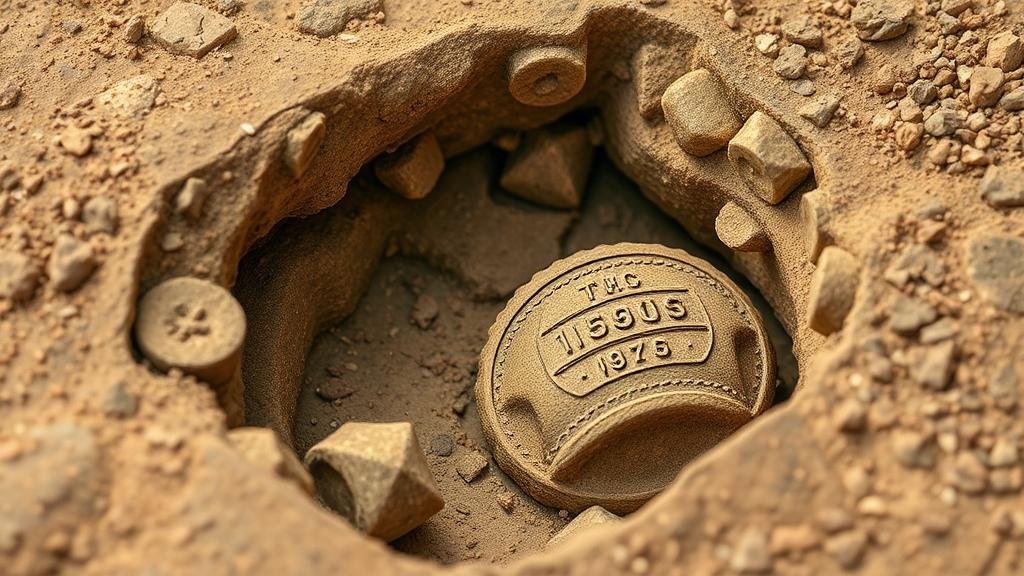Employing Time-Based Patterns to Predict Treasure Recovery Success
Employing Time-Based Patterns to Predict Treasure Recovery Success
Treasure hunting has long captivated adventurers and historians alike. But, hundreds of years of exploration have led to a trove of data that can enhance the strategies employed in recovering treasures. This article discusses how time-based patterns and analytical methodologies can assist treasure hunters in predicting the success of treasure recovery operations.
The Importance of Historical Data
Understanding historical data is paramount in treasure recovery. Treasure hunters can leverage patterns from historical geolocation, seasonal weather changes, and socio-political contexts to enhance their chances of success. Historical accounts often document recovery instances, valuable locations, and the types of treasures discovered. For example, the discovery of the Atocha shipwreck, which sank off the coast of Florida in 1622, provides a wealth of data concerning recovery success tied to specific historical events and natural phenomena.
Identifying Time-Based Patterns
Time-based patterns refer to the associations between specific time frames and successful treasure recovery events. e patterns can be classified into several categories:
- Seasonal Patterns: The time of year can significantly affect underwater visibility, weather conditions, and accessibility of certain locations. For example, summer months may provide clearer waters, increasing the chances of locating submerged treasures.
- Historical Land Use Patterns: Analyzing periods of significant economic or social change can yield fruitful locations. For example, many treasures were buried during times of war or economic downturns.
- Annual Events: Certain events, such as festivals or anniversaries, often attract treasure hunters to specific locations, leading to periodic surges in treasure discoveries linked to these dates.
Case Study: The Recovery of the Spanish Galleons
Research into the recovery of Spanish galleons, particularly those sunk during colonial conflicts, provides a practical case study of using time-based patterns in predicting recovery success. For example, the Nuestra Señora de Atocha, which sank in 1622, was unchanged for nearly three centuries until a systematic search was conducted in the 1970s.
Treasure hunters, led by Mel Fisher, utilized historical period documentation indicating the political tensions and maritime trade patterns to focus their efforts. The team analyzed prior ship routes and the shipbuilding methods of the era, which allowed them to pinpoint the area where the ship likely came to rest.
Technological Integration in Predictive Analysis
The integration of modern technology plays a crucial role in analyzing time-based patterns. Geographic Information Systems (GIS) allow treasure hunters to map historical data effectively, overlaying time-based variables to identify potential recovery sites. Drones equipped with advanced imaging technologies can also conduct aerial surveys, providing rich data that reflect both underwater threats and the best recovery tools.
Statistical Analysis and Predictive Modeling
By employing statistical analysis, treasure hunters can apply predictive modeling techniques to assess recovery success likelihood. Algorithms can analyze vast datasets to reveal correlations between treasure recovery success rates and specific time parameters. For example, machine learning frameworks can utilize past search results, considering variables like location, time of year, and weather conditions to predict the probability of finding treasure in similar settings.
Real-World Applications
The practical application of these concepts is evident in contemporary treasure hunting. Artifacts from the wrecks of ships such as the Titanic and the Lusitania have shown historical evidence is not merely a relic of the past but a guide for modern recovery operations. Treasure hunters like Ocean Infinity utilize this data, incorporating historical records and time-based algorithms to enhance their operational efficiency.
Addressing Potential Challenges
Despite the potential benefits of employing time-based patterns, several challenges exist. Treasure hunters must obtain accurate historical data, which may be scarce or unreliable. Plus, analytical methods require both expertise and resources that may not always be readily available. Potential legal and ethical considerations surrounding ownership of discovered artifacts also pose challenges, necessitating a comprehensive understanding of maritime laws and treasure recovery regulations.
Actionable Takeaways
For treasure hunters looking to harness time-based patterns to predict recovery success, consider implementing the following strategies:
- Conduct thorough historical research to better understand previous discoveries.
- Use GIS tools and modern imaging technologies to gather data.
- Apply predictive analytics to identify high-probability treasure recovery sites.
- Continuously monitor and document recovery efforts to adjust strategies based on real-world results.
To wrap up, employing time-based patterns in treasure recovery operations enables treasure hunters to base their strategies on concrete data rather than pure speculation. By merging historical insights with modern technology, the probability of successful treasure recovery is significantly enhanced.



